Seiji Takashima
Seiji Takashima specializes in reproductive engineering and regenerative medicine. He wears a stopwatch around his neck which makes him look like a PE teacher, though it is not students who are being made to run, but DNA. The DNA test runs for 16 minutes.
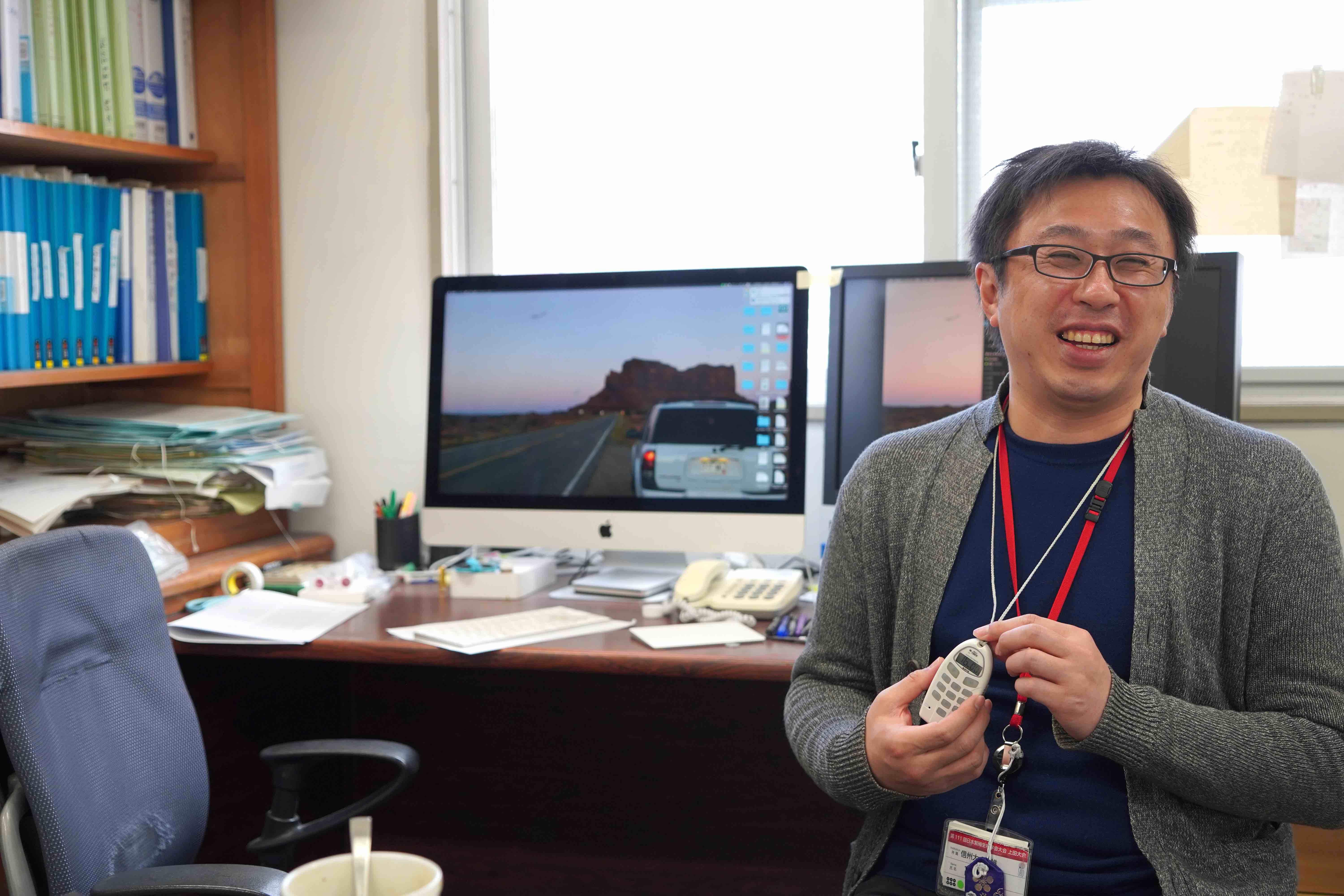
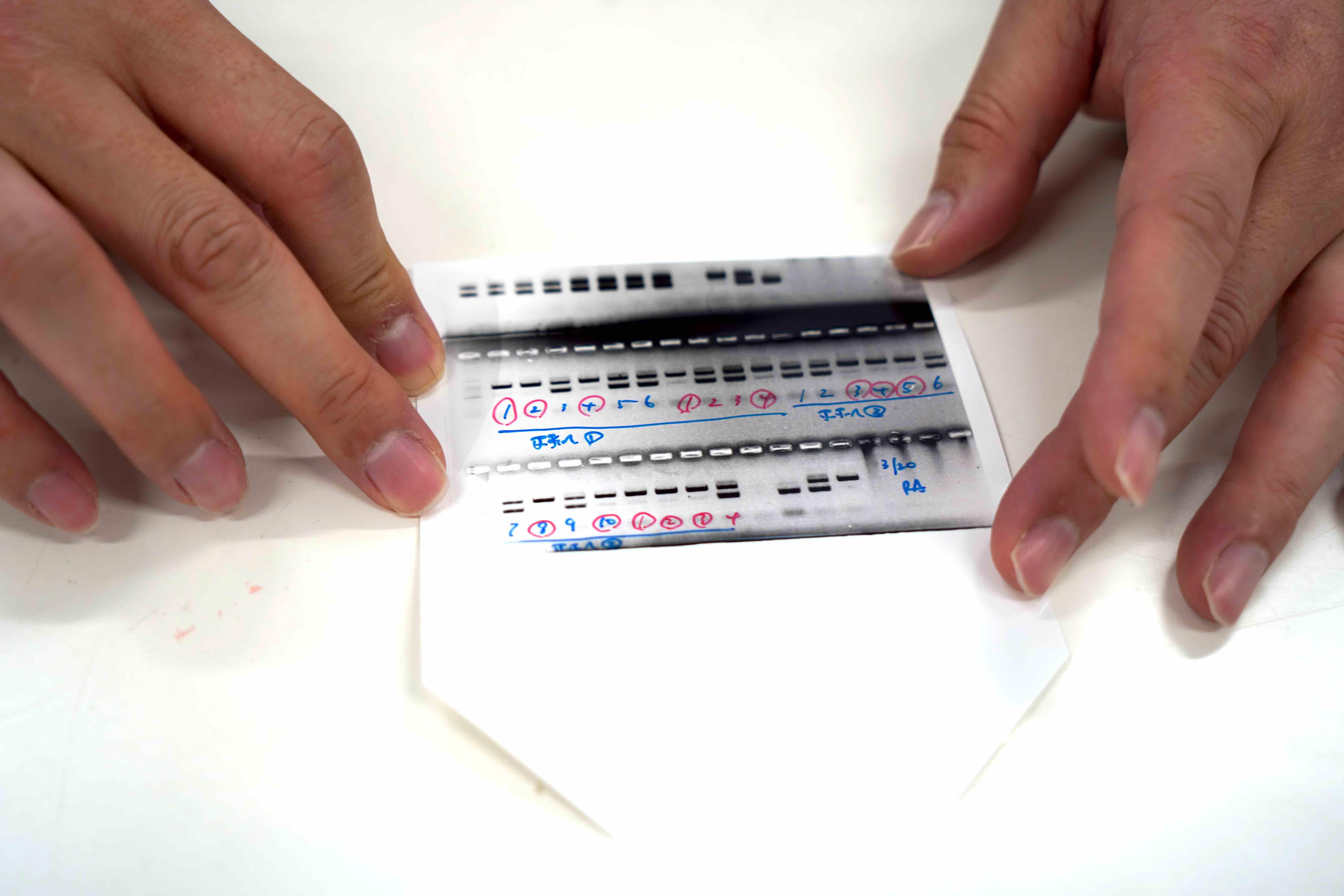
What kind of research do you do?
Originally, I research the cause of male infertility. We are currently conducting such experiments to clarify the mechanism in which males become infertile.
When did you decide to become a researcher?
When I was a student in the master course of graduate school, I went out job hunting to work at a company. However, going through the job hunting process made me realize that it would be more interesting to continue studying freely in academia, so I went on to the doctoral course and got my PhD. Since then, I have been doing research as a post-doctoral fellow at various places. I didn't necessarily want to be a researcher since I was a child. I wanted to be a doctor when I was a boy, but when I went to college, it was very difficult to become a doctor and my grades were not so good. So, I entered the biology department instead. I have been researching since then.
Do you have any difficulties when researching? How do you overcome it?
Research is basically difficult, so rather than getting over it, I feel challenged at a steady pace. It's the same amount rather than having peaks and valleys. I don't have ups and downs, nor do I find anything particularly difficult, though I spend a lot of time on work. The environment and people may change but research takes a long time to produce good results so my mentality is not affected by many things.
What are some moments you enjoy in research?
It's fun when I am doing research and I get interesting results. It's also exciting when I come up with an interesting hypothesis. If it is an interesting hypothesis that can be proven, it might make others happy and interested. A hypothesis is needed to do research, so it is when I come up with a good hypothesis that I am most happy.
I recently joined a group of researchers from various universities who are working together. I did not start this group but was invited to join. I feel that this means that my research achievements have been recognized to some extent. In that sense, I'm really happy to have been asked to join such a group. Collaboration is a lot of fun. Rather than clarify the same thing together, this research group is made of specialists who are working together to achieve one big goal. We are conducting research on male and female reproduction, and the various stages of reproduction. All aspects of reproduction from before conception until a child is finally born needs to be clarified. In this collaboration, different specialists are working together to accomplish that.
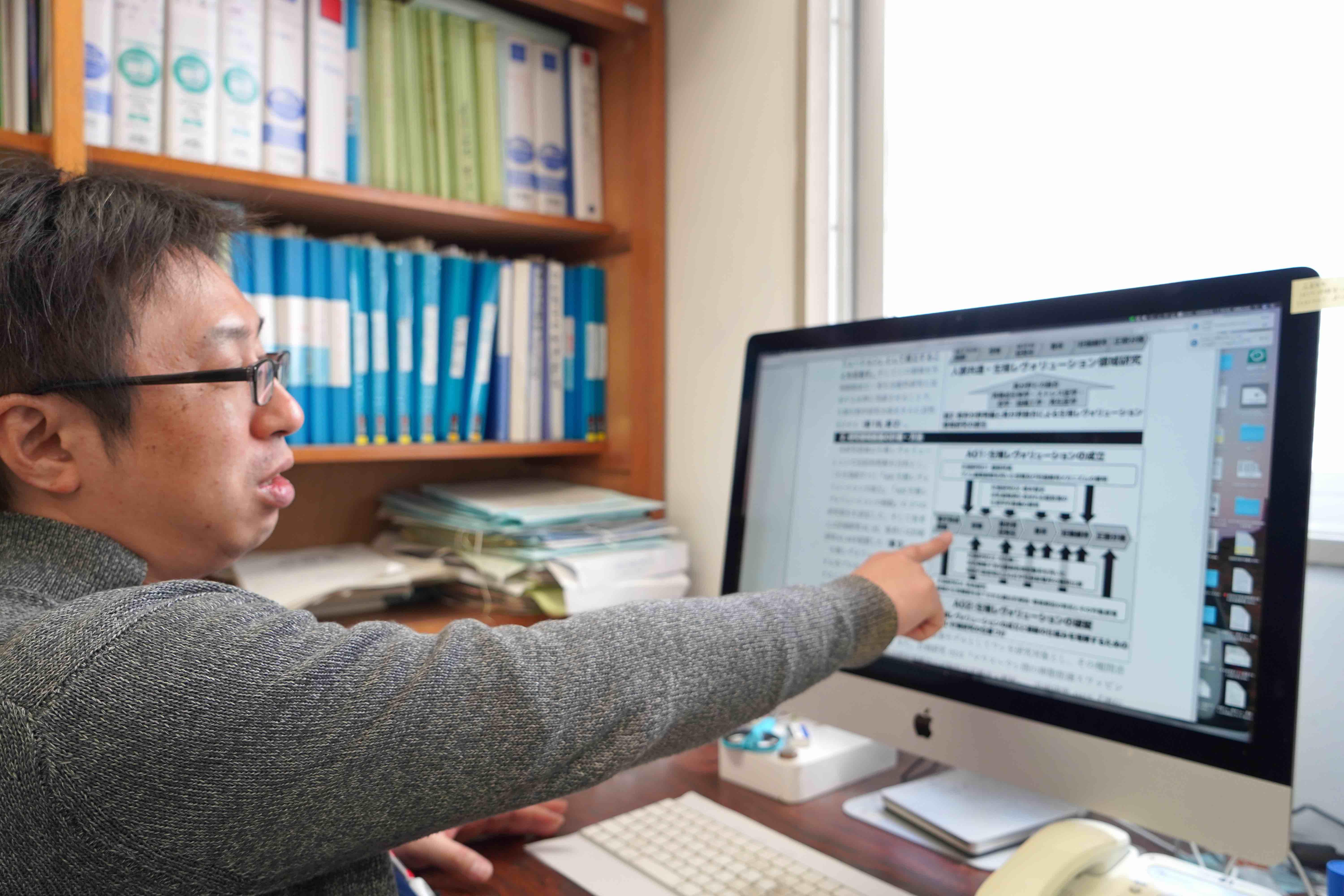
Do you have any major research goals?
One big goal of this group is to make an artificial uterus. A sperm and an egg fertilize to make this living thing and it grows in the mother until a child is born. Our goal as a group is to reproduce the entire process, from fertilization to the birth of a child, outside the body. If you can do that, you can also treat infertility, and technology will emerge that can prevent infertility before it manifests. Infertility will be cured if such a goal is achieved. Many of us eat cows and pigs. The artificial uterus technology can also be used for raising livestock.
There is also the escalating space development race. We can go to the moon now, but in order to go to go further, a journey of several generations is necessary. An artificial uterus will be useful for space travel. It is still very far from a scientific possiblility, but I think it would be interesting if we could start such research. It's easy to say, and much harder to accomplish. We have to start somewhere.
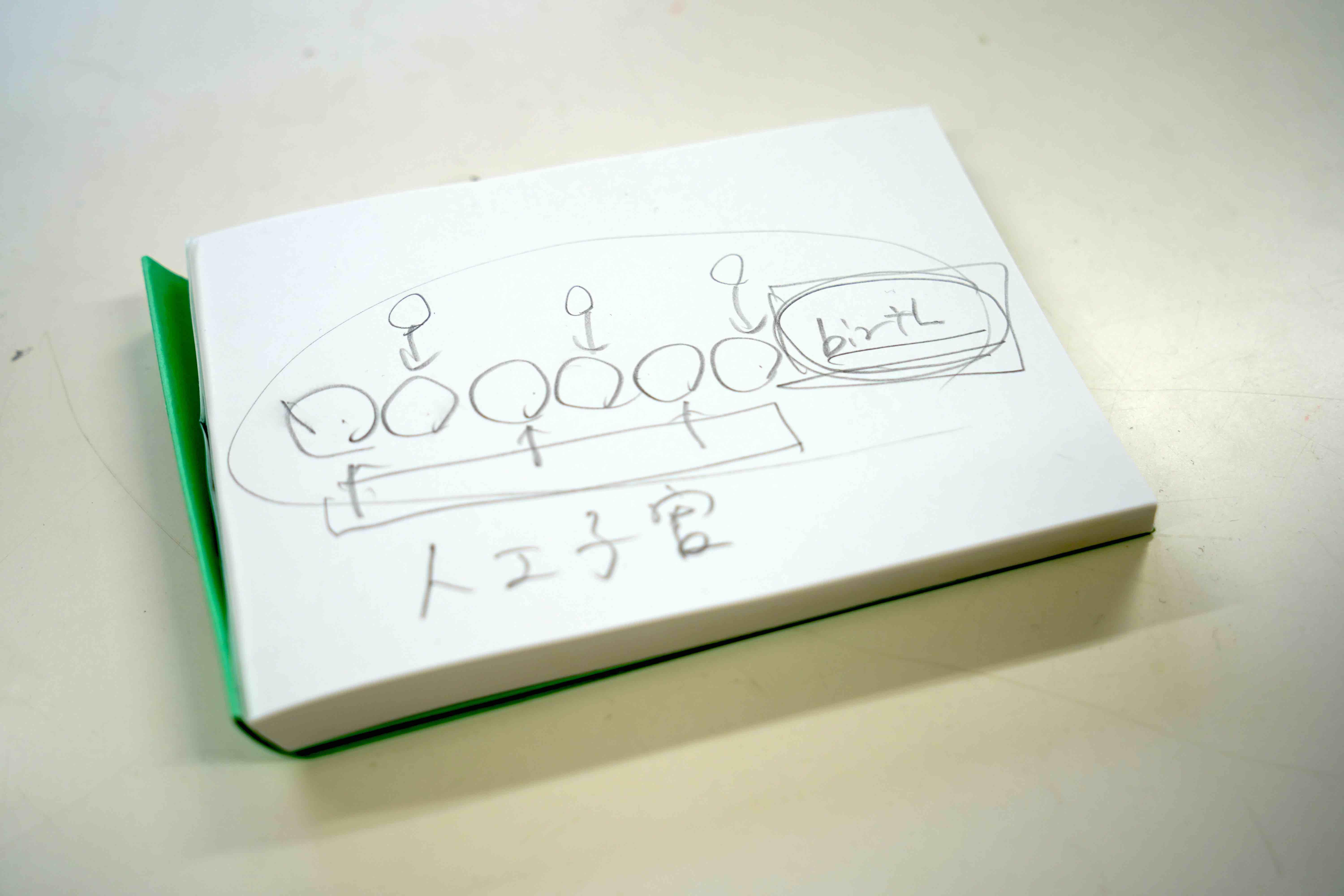
Could you show us any work tools or recommend a book to us?
1) I received a signed word of encouragement from a very famous researcher that now hangs above my door. The researcher is Ryuzo Yanagimachi, an emeritus professor at the University of Hawaii. He is the first person in the world to develop the basic principles of in vitro insemination. If there are 50 children in Japan today, one of them is a test tube baby. I received this in 2018 when I was given a tenure track faculty position after working for 5 years. I received this from Dr. Yanagimachi as a commemoration. It says, "When you go where no one has been before, you are bound to find something unknown". I am encouraged by his words.
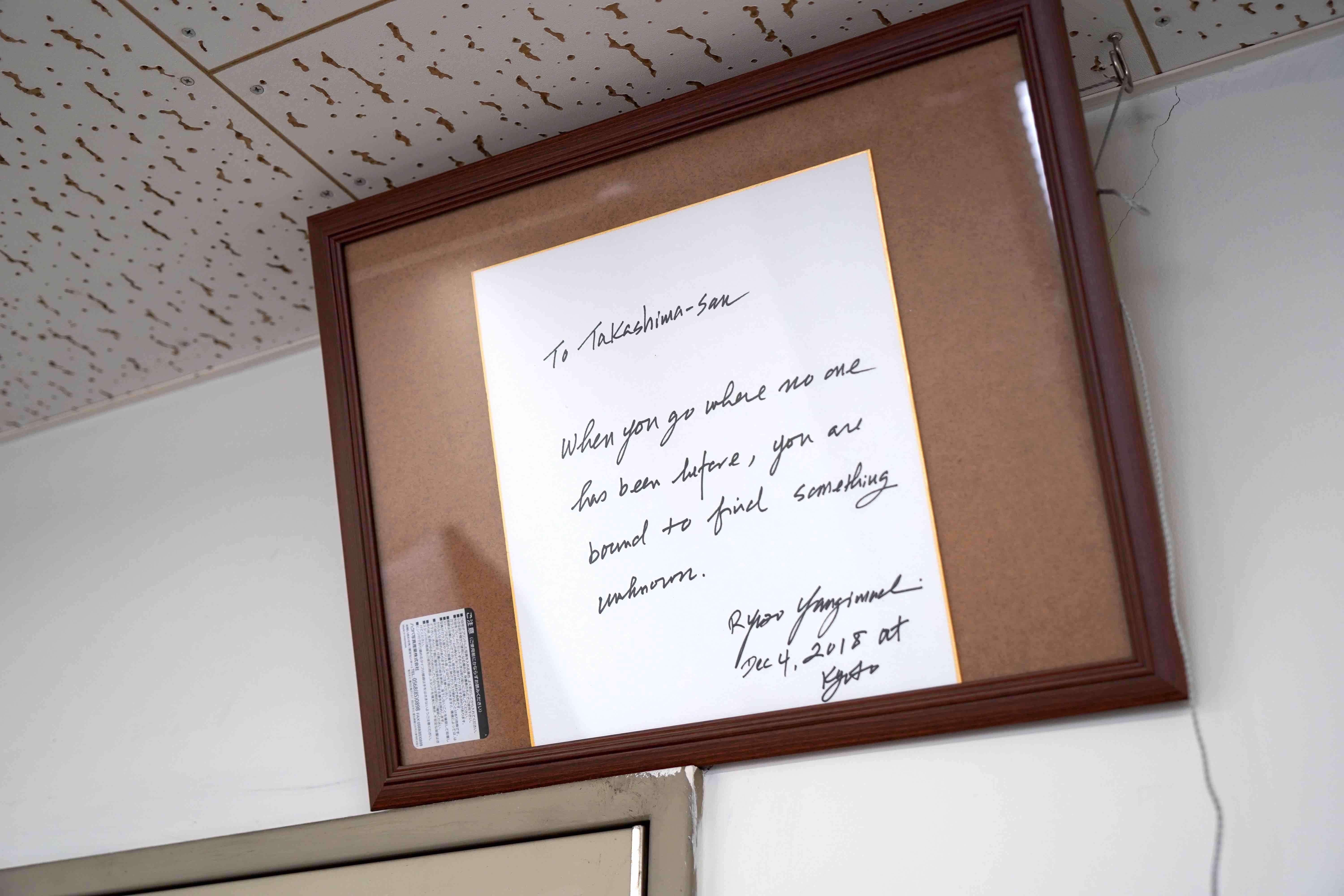
2) I use this work tool often. There is a tiny tube in the testis of a mouse, and I insert a small glass capillary into it to transplant cells. I like it when the cells enter smoothly.
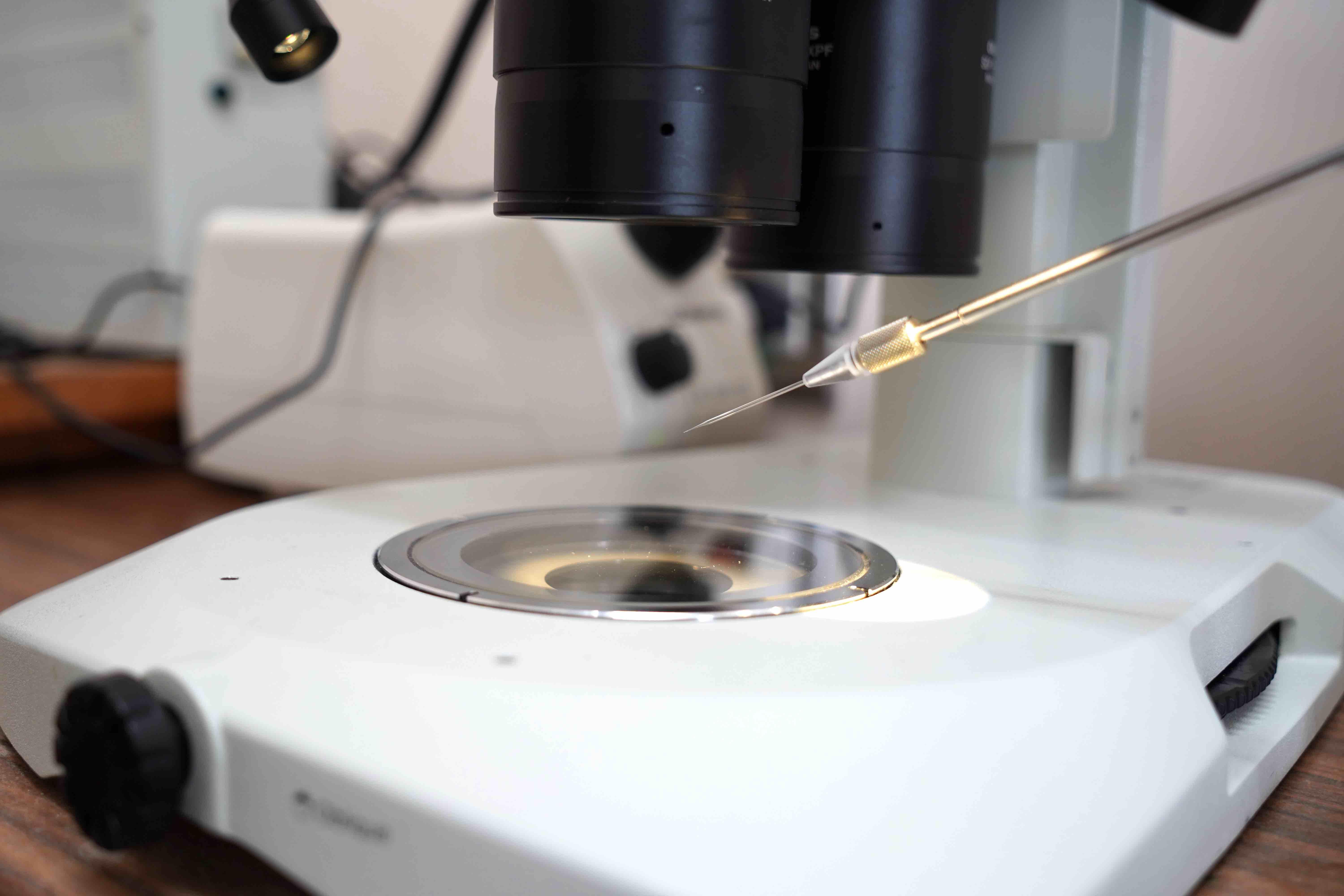
3) Finally, I recommend two books. I found it at a bookstore when I was doing research in Kyoto.
Both books are autobiographies. The first, "Living outrageously" is written by Shion Sono, a movie director who makes very strange and eccentric films. The book starts from the time of his birth. He has had the same personality since he was a child. He liked to surprise people. He was constantly thinking of ways to amaze, shock or make his friends and teachers laugh. So the book is full of outrageous, naughty things he did as a child. I think this is exactly the same as doing research. To learn about a thing, we do something to it and observe the reaction. That is the basis of research, and he does the same thing. I recommend others read it.
The content of the second book is also an autobiography. It is the manga cartoon artist, Akiko Higashimura's "Kakukaku Shikajika". She is currently very active as a manga artist, and this tells the story of how she became a manga artist. It begins when she was study painting when she was in middle school or high school. She went to see an art teacher who told her to keep painting, 24 hours a day, 365 days a year. She said she hated it, but because she did as she was told, many opportunities were afforded to her. It's a good book though the method in which she learned art may not fit the people of today. I want you to read it.
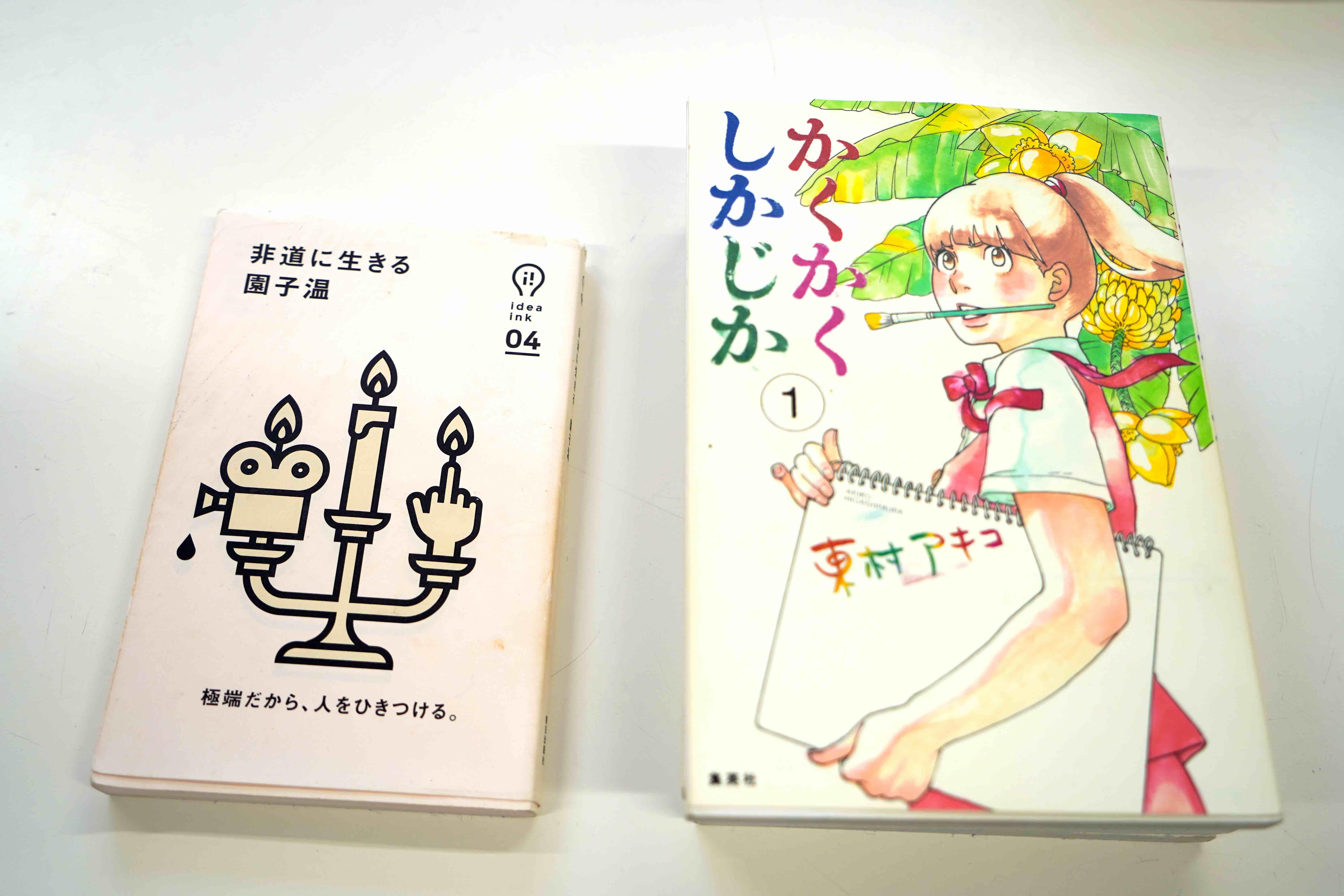
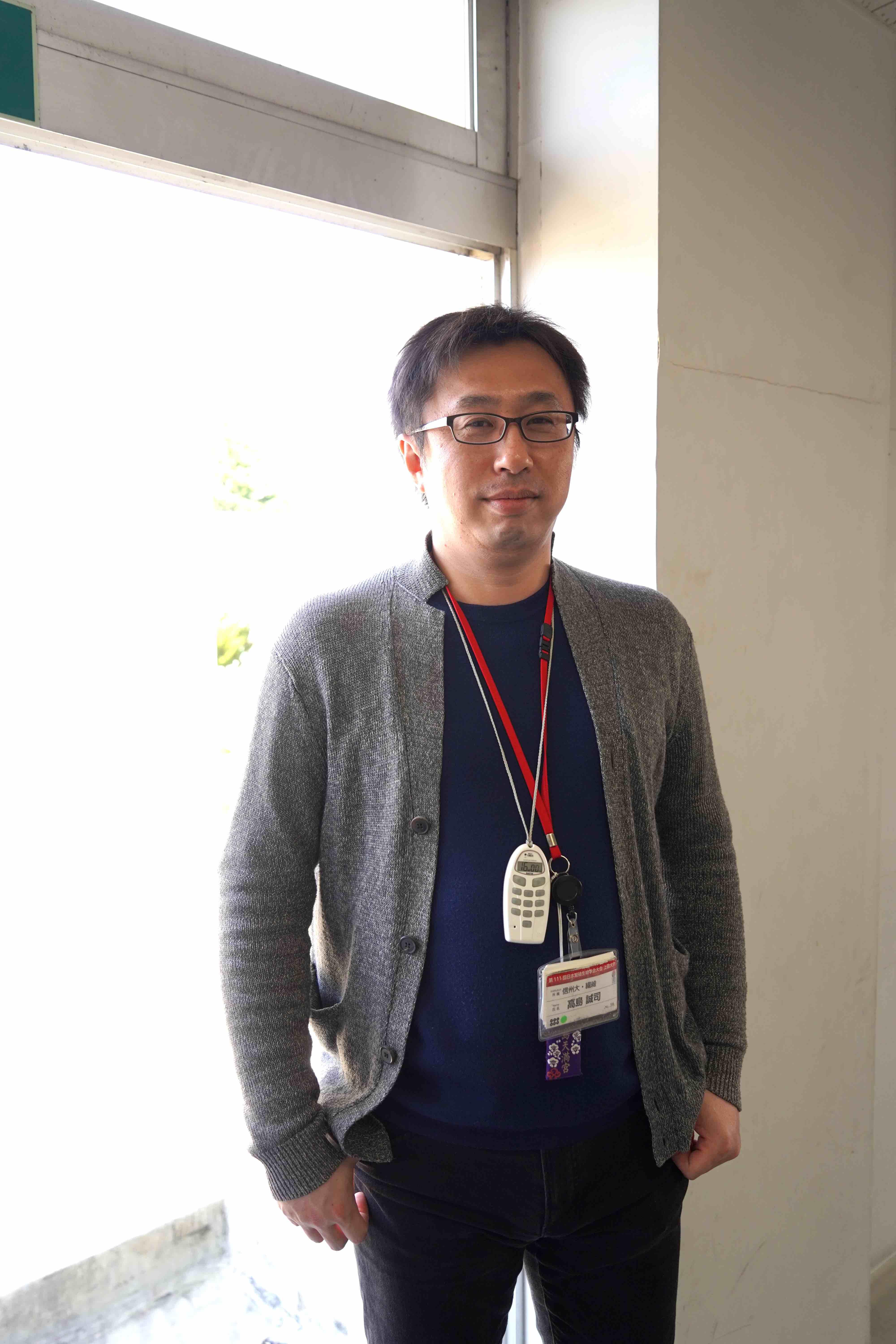
Seiji Takashima's Researcher information:
http://soar-rd.shinshu-u.ac.jp/profile/en.jUyUyayV.html
Takashima Lab Homepage:
https://science-tiger.wixsite.com/takashimalabhomepage?fb_ref=Default
Latest research information:
https://www.nature.com/articles/s41598-020-67595-1
https://eurekalert.org/pub_releases/2020-07/su-hof071520.php
